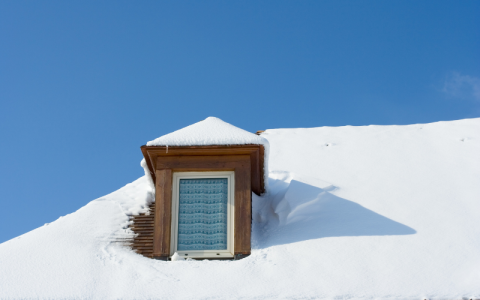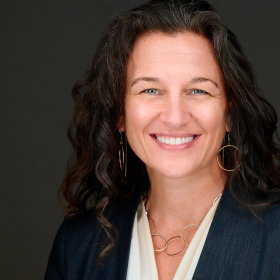
The mission of the Vermont Housing Finance Agency (VHFA) is to finance and promote affordable, safe, and decent housing opportunities for low- and moderate-income Vermonters.
Embedded in that mission is the need to consider the holistic cost of renting and owning, meaning not just the upfront cost of housing, but also the cost of living in it long term.
Heating inefficient homes is a significant expense. This particularly hurts the most vulnerable Vermonters since very low-income households spend 23% of their total income on heating costs, on average. Add to that unexpected shifts in fossil fuel costs like we are now seeing as a result of the Ukrainian crisis, and even more pressure is put on limited Vermont budgets.
A sustainable solution to this problem must do two things for low- and moderate- income Vermonters: 1) provide comprehensive home weatherization to reduce overall energy usage; and 2) increase the availability of lower-cost, stably priced, heating options.
The Clean Heat Standard is a vitally important policy that can help achieve both goals simultaneously. Recommended by the Vermont Climate Council, the Clean Heat Standard is a powerful tool for reducing the cost of heating for Vermonters through less fossil fuel dependence and by making clean heat options more accessible and affordable.
This proposal is not without its critics who rightfully worry that the cost of heating our homes could increase as we move to these cleaner options. What can be missed, though, is how the impact of climate change causes deeper poverty when the only housing options for the lowest earners among us – especially renters and those on fixed incomes – are inefficient homes dependent on price-volatile fossil fuels.
Pricing in the total costs of a pollutant, whether it be greenhouse gas emissions, cigarette smoke, or traffic, can increase the price to the consumer, but it doesn’t mean that the cost isn’t already being borne by Vermonters in other ways.
Instead, we must accurately price these externalities into the cost of fossil fuels, while simultaneously weatherizing our homes and subsidizing the switch to cleaner options for low- and moderate-income Vermonters. This is how we meet our carbon reduction goals while equitably holding those most impacted harmless.
Some say that the impact on low- and moderate-income Vermonters is a reason to not implement the Clean Heat Standard, but instead it is vulnerable Vermonters who are a driving force of why we must act.
Today, too many Vermonters are stuck on the roller coaster ride of prices for propane, kerosene, and fuel oil, which are the most expensive and price-volatile home heating options. In contrast, heat pumps and advanced wood heating options offer both lower costs and greater price stability, year after year.
Since a common challenge is the up-front cost of installing new, cleaner heating options, the Clean Heat Standard is designed to address this. To meet the requirements of reducing pollution over time, the Clean Heat Standard will create a funding mechanism for fossil fuel companies to provide their customers with options to reduce fossil fuel use, which could include grants for weatherization or incentives for installing heat pumps or advanced wood heat systems.
Crucially, the Clean Heat Standard is designed to ensure that a significant portion of the clean heat benefits go specifically to low- and moderate-income Vermonters. Vermont must ensure that the standard is implemented in a way that protects lower income households from the financial burden of upfront, one-time heating system transition costs while also reducing ongoing heating bills.
Vermont must keep and expand existing programs – such as seasonal fuel assistance – that help protect low-income Vermonters from the already high cost of fossil fuels.
Any change in fossil fuel prices can also be blunted by weatherizing as many homes as possible – reducing how much it costs to stay warm – no matter how Vermonters decide to heat their homes. We can get a significant start on this work thanks to the $80 million that Governor Scott recommended in his budget to advance low- and moderate-income home weatherization.
But for long-term, sustainable solutions, we cannot rely exclusively on one-time, short-term funding. We also need clear and predictable policy to transform the market and serve low- and moderate-income Vermonters throughout the next decade and beyond. That clarity and longevity is why the Clean Heat Standard is critical.
Alongside the responsibility to reduce climate pollution, we also have a responsibility to make housing more affordable for Vermonters. Helping to reduce fossil fuel dependence through comprehensive weatherization and the Clean Heat Standard is a win-win that can reduce home energy costs, especially for the low- and moderate-income Vermonters we are committed to serving.

